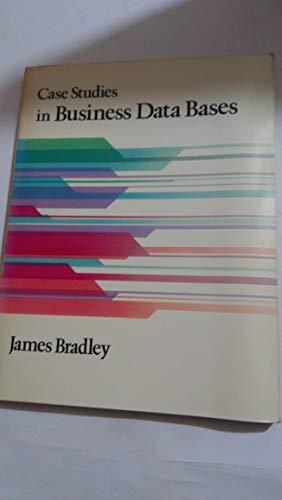Answered step by step
Verified Expert Solution
Question
1 Approved Answer
We illustrate the model structure in Figure. 1 . The two main components of OpenVoice are the base speaker TTS model and the tone color
We illustrate the model structure in Figure. The two main components of OpenVoice are the base
speaker TTS model and the tone color converter. The base speaker TTS model is a singlespeaker or
multispeaker model, which allows control over the style parameters eg emotion, accent, rhythm
pauses and intonation accent and language. The voice generated by this model is passed to the tone
color converter, which changes the tone color of the base speaker into that of the reference speaker.
Base Speaker TTS Model. The choice of the base speaker TTS model is very flexible. For example,
the VITS model can be modified to accept style and language embedding in its text encoder and
luration predictor. Other choices such as InstructTTS can also accept style prompts. It is also
possible to use commercially available and cheap models such as Microsoft TTS which accepts
speech synthesis markup language SSML that specifies the emotion, pauses and articulation. One
can even skip the base speaker TTS model, and read the text by themselves in whatever styles and
languages they desire. In our Open Voice implementation, we used the VITS model by default,
but other choices are completely feasible. We denote the outputs of the base model as
where the three parameters represent the language, styles and tone color respectively. Similarly, the
speech audio from the reference speaker is denoted as
Tone Color Converter. The tone color converter is an encoderdecoder structure with a invertible
normalizing flow in the middle. The encoder is an D convolutional neural network that takes
the shorttime Fourier transformed spectrum of as input. All convolutions are single
strided. The feature maps outputted by the encoder are denoted as The tone color
extractor is a simple D convolutional neural network that operates on the melspectrogram of the
input voice and outputs a single feature vector that encodes the tone color information. We apply it
on to obtain vector then apply it on to obtain vector
The normalizing flow layers take and as input and outputs a feature representa
tion that eliminates the tone color information but preserves all remaining style properties.
The feature is aligned with International Phonetic Alphabet IPA along the time
dimension. Details about how such feature representation is learned will be explained in the next
section. Then we apply the normalizing flow layers in the inverse direction, which takes
and as input and outputs This is a critical step where the tone color from
the reference speaker is embodied into the feature maps. Then the is decoded into raw
waveforms by HiFiGan that contains a stack of transposed D convolutions. The
entire model in our OpenVoice implementation is feedforward without any autoregressive compo
Please Explain this above passage

Step by Step Solution
There are 3 Steps involved in it
Step: 1

Get Instant Access to Expert-Tailored Solutions
See step-by-step solutions with expert insights and AI powered tools for academic success
Step: 2

Step: 3

Ace Your Homework with AI
Get the answers you need in no time with our AI-driven, step-by-step assistance
Get Started


